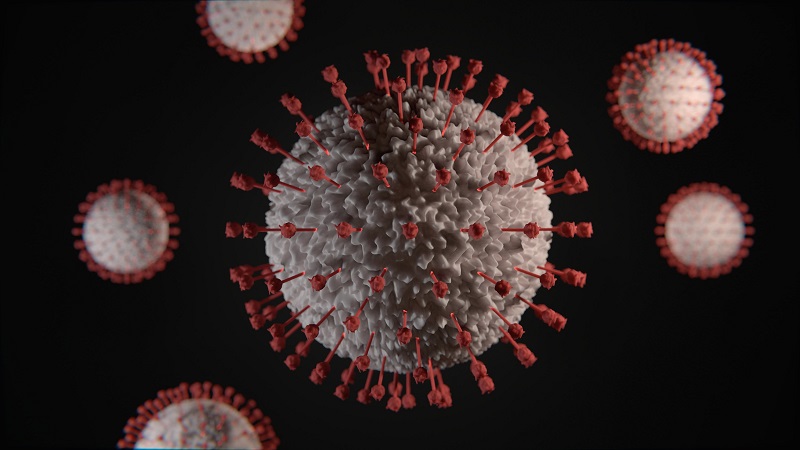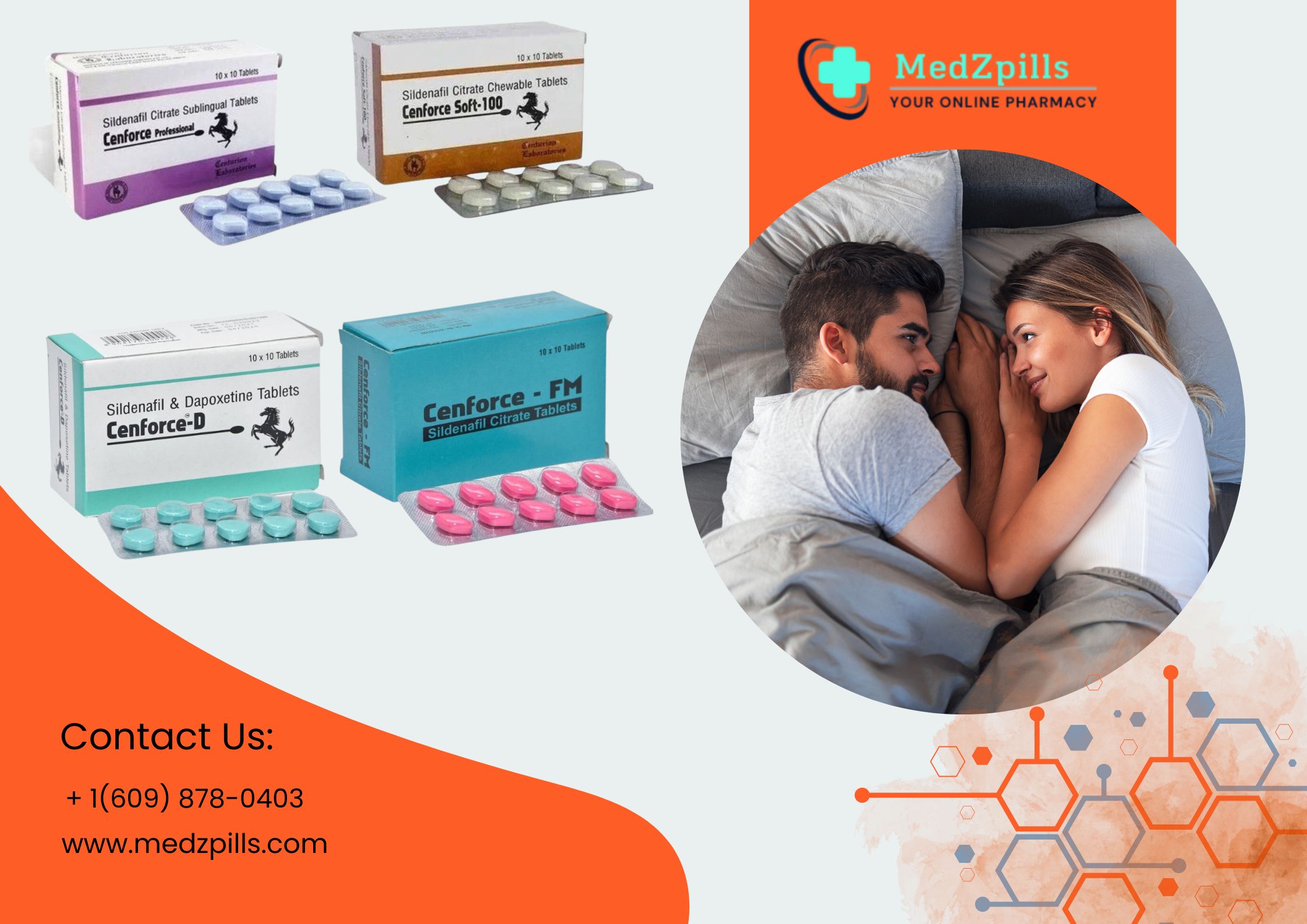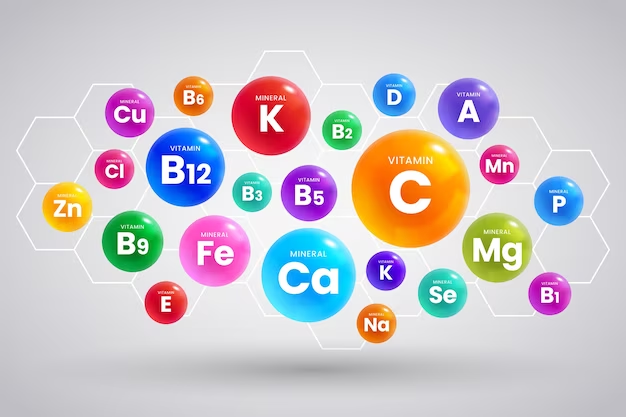Introduction
Exosomes, small extracellular vesicles secreted by cells, have gained significant attention in recent years due to their potential as vehicles for targeted drug delivery. These nanosized vesicles are naturally involved in intercellular communication and can transfer various molecules, including proteins, nucleic acids, and lipids, between cells. One approach to enhance the specificity and efficiency of exosome-based drug delivery is through the modification of exosomes with mannose, a sugar molecule that can selectively bind to mannose receptors on target cells. This blog post explores the characterization of mannosylated exosomes and their potential as a promising avenue for targeted drug delivery.
Mannose Modification of Exosomes
Mannose modification of exosomes involves the attachment of mannose molecules to the surface of exosomes. This can achiev through various methods. Including chemical conjugation, genetic engineering, or bioorthogonal chemistry. The mannose modification allows exosomes to specifically target cells that express mannose receptors on their surface, such as macrophages, dendritic cells, and certain cancer cells.
Characterization Techniques
Characterizing mannosylated exosomes is crucial to understand their properties and optimize their use as targeted drug delivery vehicles. Several techniques are commonly employed to characterize mannosylated exosomes:
Electron Microscopy: Electron microscopy, including transmission electron microscopy (TEM) and scanning electron microscopy (SEM), allows for the visualization of exosomes and their morphology. This technique provides information about the size, shape, and structure of mannosylated exosomes.
Dynamic Light Scattering (DLS): DLS is a technique used to measure the size distribution of particles in a solution. It can be used to determine the size distribution of mannosylated exosomes and assess their stability.
Zeta Potential Analysis: Zeta potential analysis measures the surface charge of particles in a solution. It provides information about the stability and surface properties of mannosylated exosomes.
Western Blotting: Western blotting is a widely used technique to detect specific proteins in a sample. It can be used to confirm the presence of exosome markers, such as CD63, CD9, and Alix, in mannosylated exosomes.
Flow Cytometry: Flow cytometry allows for the quantitative analysis of cell surface markers. It can be used to assess the binding efficiency of mannosylated exosomes to target cells expressing mannose receptors.
Advantages of Mannosylated Exosomes for Targeted Drug Delivery
- Specific Targeting: The mannose modification enables the specific targeting of cells expressing mannose receptors. This allows for the delivery of therapeutic cargo directly to the desired cells, minimizing off-target effects and improving treatment efficacy.
- Enhanced Cellular Uptake: Mannose receptors on target cells facilitate the internalization of mannosylated exosomes, leading to enhanced cellular uptake of therapeutic cargo. This can improve the efficiency of drug delivery and increase the therapeutic effect.
- Biocompatibility and Biodegradability: Exosomes derived from natural cellular processes and are biocompatible and biodegradable. Mannosylated exosomes offer a safe and sustainable approach for targeted drug delivery, minimizing potential toxicity and side effects.
- Cargo Loading Capacity: Exosomes have a high cargo loading capacity, allowing for the encapsulation of various therapeutic molecules, including small molecules, proteins, nucleic acids, and lipids. Mannosylated exosomes can effectively deliver these cargos to target cells, expanding the range of therapeutic possibilities.
Future Directions and Challenges
While the characterization of mannosylated exosomes has shown promising results. There are still challenges to overcome before their widespread clinical application:
- Scalability: The production of mannosylated exosomes on a large scale remains a challenge. Developing scalable manufacturing processes is crucial to meet the demand for targeted drug delivery applications.
- Stability: Ensuring the stability of mannosylated exosomes during storage and transportation is essential for their clinical use.
- Optimization of Targeting Efficiency: Further optimization of the mannose modification and targeting strategies is necessary to enhance the efficiency of mannosylated exosomes in specific cell targeting.
Conclusion
Customization of mannosylated exosomes is a critical step in harnessing their potential as targeted drug delivery vehicles. The ability to modify exosomes with mannose offers a promising avenue for specific cell targeting and enhanced therapeutic efficacy. With further research and development, mannosylated exosomes have the potential to revolutionize drug delivery, enabling more precise and effective treatments for various diseases. The characterization techniques discussed in this blog post provide valuable insights into the properties and behavior of mannosylated exosomes, paving the way for their future applications in targeted drug delivery.
Exosomes are a kind of vesicle secreted by cells into the extracellular space, with a bilayer membrane structure and teratoid morphology, containing abundant endosomes and involved in the intercellular molecular transfer. Exosomes widely found in cell culture supernatants or tissue fluids of plants or animals. As a natural endogenous carrier, exosomes are extremely biocompatible. Exosomes have a phospholipid bilayer structure, similar to liposomes, and can be use not only for transporting lipophilic drugs but also for hydrophilic drugs.
Role of Mannosylated Exosomes
Mannosylated exosomes act as carriers for the delivery of drugs to infected cells for therapeutic purposes. In this approach, azide is effectively integrated into the exosome by altering the metabolic processes of the exosome-secreting cell, DBCO-mannosyl ligands are spliced with azide-integrated exosomes via strain-promoted azide-alkyne click chemistry (SPAAC), which confers the advantage of exosome-targeted drug delivery to cells expressing high levels of mannose receptors. As well as the accumulation of drug by cellular transport at the site of bacterial infection to accumulate drugs.
Source from Lifeasible
As a biotechnology company, Lifeasible is specializ in agricultural science. Offering a wide variety of agro-related services and products for environmental and energy solutions.
Our plant breeding and culture services support increasingly stringent safety and quality standards in the agricultural industry. Relying on our revolutionary techniques, various molecular breeding services and molecular diagnostic methods offer for a wider range of agriculture-related sectors. Meanwhile, extensive analytical solutions reach out to a wider community of researchers in environmental and energy fields. Holding a strong tie between biological innovation and transformation in the ecosystem. Lifeasible now leverages the expertise and strengths of each to create its unique platform that is accessible to all leaders working in agriculture, botany, biology, ecology and environmental science. Diverse analytical tools are available for breeding or quality control purposes in identification and production of plants.
Lifeasible welcomes collaborative relationships with other parties of interest, enabling flexible and rapid development of new technologies and products. Our staff is always ready to discuss the details of specific needs and to develop strategies tailored to your requirements.



